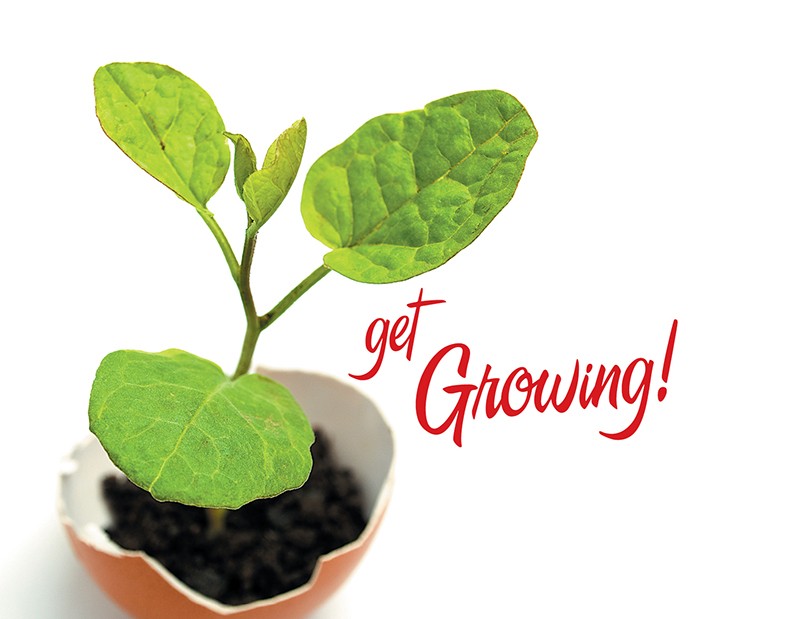Ninety-eight-year-old Elizabeth Welty isn’t your typical small-space gardener. For starters, she has the distinction of having been alive to see 17 of America’s 44 presidents. She also has a tenacity that would put many of her much younger fellow hobbyists to shame.
Welty, a retired area physician and local arts advocate, exemplifies certain benefits of gardening that scientists have only recently begun to pinpoint experimentally. For instance, studies in the Netherlands and Norway have found that the mere act of cultivating plants offers essential respite from the frenetic pace of modern life and can alleviate symptoms of depression. Other studies have shown that long-term gardeners are up to 47 percent less likely to develop dementia in old age, or that 45 minutes of gardening can burn the same number of calories as half an hour of aerobics. A 2010 report in Science Daily noted that bacteria in the soil appear to decrease anxiety and boost intelligence in mice by increasing levels of serotonin in the body.
Welty’s own evidence is less quantifiable and more anecdotal. “Certainly, gardening energizes a person. During the winter it keeps your mind going on what things to plant — how you’re going to arrange them, what you’re going to do differently this year. It keeps me busy because I have to take care of [the plants]. You have to get up and go, and that can be quite a challenge sometimes,” she chuckles.
She finds that tending to flowers like heliotrope, petunias and geraniums sustains her by giving her something “that’s ongoing, that has a future to it. That’s what’s appealing about plants — the future. It’s the magic of the development of the arrangements and the interplay of color. That’s why I do it.”
According to Tonie Fitzgerald, author of Gardening in the Inland Northwest and statewide Master Gardener Program Leader at Washington State University, the posited health benefits stem from a complex interplay of different factors.
“Seniors who garden report a higher quality of life, fewer health problems and more consumption of fruits and vegetables, which in turn leads to a healthier diet,” she says. “It’s the same thing with kids who garden. Early on, they develop a higher level of awareness of nutrition, and they’re more likely to garden through life than their counterparts.”
That in turn leads to healthier behavior, which begets more healthy behavior.
Both Fitzgerald and Welty began gardening long before a relatively recent surge in its popularity — a surge that coincides with a growth in urban populations. That has resulted in something of a paradox. More people are gardening as a hobby (Fitzgerald’s annual WSU Master Gardener report highlights the program’s work with thousands of first-time gardeners in 2012 alone), but many of them have less space in which to do it.
Enter small-space gardening. Far from being cutting-edge, it revives a common practice that dwindled in the post-World War II era when Americans became more reliant upon the convenience of supermarkets. In 1944, for example, the small plots of urban land known as victory gardens were stewarded by around 19 million families across America. They are estimated to have accounted for 40 percent of the country’s total vegetable supply at the time.
“The average person under 40 years of age is two generations removed from any association with gardening or producing their own food,” says Fitzgerald. “That’s why it’s essential that we teach gardening, because these are not skills that have been passed along.”
Small-space gardening takes many forms: container gardening, vertical gardening, raised beds, and community gardens, to name only a few. What all of them have in common is that each garden is only as large — or as tiny — as you want it to be.
Fortunately, the limited scale of small-space gardening isn’t accompanied by a limitation of its health benefits. In fact, reducing a garden to a manageable size for even the casual gardener reduces the pressure to generate big yields and allows more people to access its perks. The meditative calm of planting, the fun of trying new vegetables or enjoying a bright, colorful flower display, and the soul-deep satisfaction of the harvest are the same whether you have a 10-foot plot or a 10-inch pot.




















